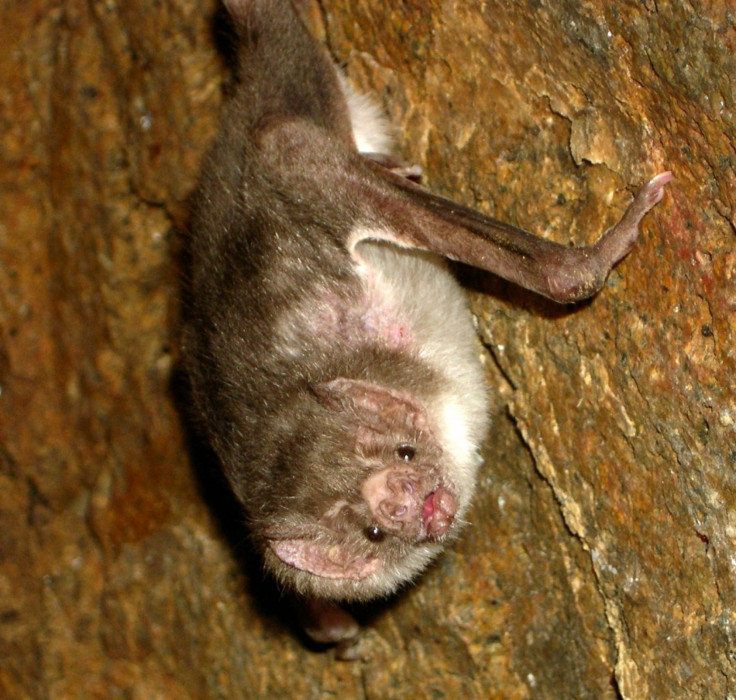Blood-Sucking Vampire Bats Track Preys with Infrared Vein Sensors

Vampire bats can locate hotspots or blood vessels in their prey using infrared vein sensors on their lips, a new research claims.
The study led by David Julius at the University of California, San Francisco have discovered that unlike other variants of bats, this species of blood-sucking vampire bats do not track prey by producing a constant stream of high-pitched sounds and then analyzing the echoes.
Instead, they detect their prey using specialized nerve endings present on the surface of their nose. These sensors capture infrared signals as the bat flies close to the skin of its prey's arteries and veins.
Besides the vampire bats, this kind of evolutionary adaptation has been found only in three other species, namely, pythons, boas and pit vipers. Such an adaptation is vital for the survival of the vampire bats that feeds entirely on blood and need daily supply to remain alive.
Julius and his colleagues conducted the study by doing a comparative analysis of sensory nerve cells that travel to different parts of the bat's body with isolated nerve cells that travel to the sensors on their lips.
They found out that the two nerve cells were anatomically different which implies that the vein-sensing cells convey separate information.
The results were published in Nature on Thursday and provided a detailed description of the study mechanism along with the findings.
The research team mentioned that the specific type of heat detecting molecule that covered the upper lips of the vampire bats was TRPV1. Although this molecule is also present in other animals to help them detect temperatures above 43C, this threshold was comparatively lower in vampire bats (30C) thereby enabling them to capture the signals quickly.
This new study has provided key details about the role of vampire bats in the evolutionary process and its exact placement in the ecosystem.
© Copyright IBTimes 2024. All rights reserved.





















